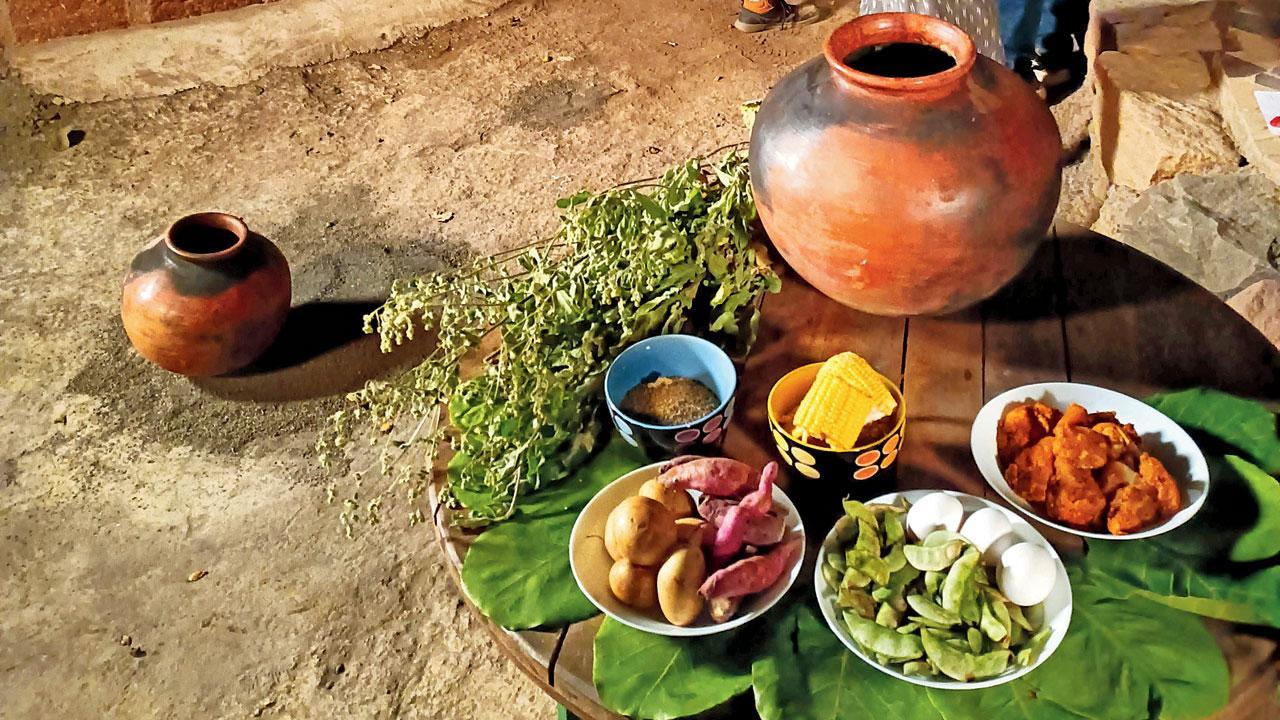Use English language, and raw data:
Indigenous cuisines have existed for thousands of years, representing the diverse tapestry of culinary creations that embody cultural identity, traditions, and a profound connection to the land and its resources. These cuisines are not just about food, but also a way of life, deeply intertwined with spiritual beliefs, social cohesion, and cultural heritage. In this article, we will explore the significance of Indigenous food, its role in shaping cultural identities, and its evolution over time.
What is Indigenous Cuisine?

Indigenous cuisine refers to the traditional foods, ingredients, and cooking techniques that have been used by a particular Indigenous group for centuries. It is rooted in the practices and traditions of Indigenous peoples from all over the world, including Native American, Aboriginal Australian, Maori, and many others. While there is no universal definition of Indigenous cuisine, it is often characterized by its use of local, often sustainably harvested ingredients, and its close connection to cultural beliefs, rituals, and customs.
The term “Indigenous” itself has several definitions, with some focusing on ancestry and others on cultural identity. However, in the context of food, it generally refers to the original inhabitants of a specific region or territory, whose cultural practices and traditions have been passed down through generations.
Traditional Ingredients and Cooking Techniques
One of the defining features of Indigenous cuisine is its use of traditional ingredients and cooking techniques that are unique to each culture. For example, Native American cuisine often includes staples such as corn, beans, squash, and wild game, while Australian Aboriginal cuisine incorporates native plants like kangaroo grass and wattleseed. These ingredients are often locally sourced and reflect the diversity of each region’s natural resources.
Similarly, traditional cooking techniques vary depending on the available resources and cultural practices. For instance, Inuit cuisine often involves preserving meat and fish using methods such as smoking, drying, or fermenting. In contrast, Maori cuisine employs cooking methods like hangi, where food is cooked in an underground pit oven.
Evolution of Indigenous Cuisine
Indigenous cuisine is not a static entity but rather a living and evolving expression of cultural heritage. Over time, these cuisines have adapted to changing environments, societal influences, and new technologies, while still retaining their distinct identity and connection to the land.
One significant factor that has shaped the evolution of Indigenous cuisine is colonization. The arrival of European settlers brought new ingredients, cooking techniques, and food preservation methods, which were gradually incorporated into Indigenous cooking practices. This fusion of cultures has resulted in unique dishes that blend traditional and modern elements, such as bannock bread in North America or damper in Australia.
Another factor that has influenced Indigenous cuisine’s evolution is globalization. As Indigenous peoples have migrated or been displaced from their ancestral lands, their traditional foods have traveled with them. Today, Indigenous dishes can be found in urban areas, often reimagined to suit different tastes and preferences. For example, Native American frybread has evolved into a popular street food, and Maori hangi has become a must-try dish for tourists visiting New Zealand.
However, it is essential to note that despite the changes, Indigenous cuisine remains deeply rooted in cultural identity and continues to be a source of pride for Indigenous communities worldwide.
The Cultural Significance of Indigenous Food

For Indigenous peoples, food is more than just sustenance; it is a powerful symbol of cultural traditions, history, and social cohesion. The preparation and sharing of food are integral parts of ceremonies, festivals, and gatherings, serving as a way to connect with ancestors, honor traditions, and celebrate the uniqueness of their culture.
Connection to the Land
Indigenous peoples have a deep spiritual connection to the land, viewing it as a provider and caretaker. For them, food is a gift from the earth, and the act of harvesting, preparing, and consuming it is a way to show gratitude and respect to the land. This connection to the land is reflected in the use of locally sourced ingredients and the traditional methods used to prepare them.
Rituals and Ceremonies
Food plays a vital role in Indigenous rituals and ceremonies, which are often centered around harvest or hunting seasons. For example, the Potlatch ceremony among Native American tribes involves a feast where guests are served traditional dishes while witnessing performances and receiving gifts. These ceremonies serve as a way to pass on cultural knowledge, values, and traditions to future generations.
Social Cohesion
Sharing food is also an essential part of building and maintaining social relationships in Indigenous communities. The act of gathering around a meal allows people to connect, discuss, and strengthen their bonds with each other. In many Indigenous cultures, food is seen as a way to build community and promote harmony within society.
Indigenous Food and Identity

Indigenous cuisine goes beyond just nourishing the body; it is a reflection of cultural identity and pride. The loss of traditional foods and cooking practices can have significant impacts on the cultural identity of Indigenous peoples. As such, there have been efforts to preserve and revitalize these culinary traditions.
Cultural Preservation and Revitalization
The preservation and revitalization of Indigenous cuisines go hand in hand with protecting and promoting cultural heritage. Many Indigenous organizations and communities have launched initiatives to reclaim, record, and share traditional recipes and cooking techniques. For instance, the Native American Culinary Association was founded to revive and promote indigenous foods and beverages.
In addition, many Indigenous chefs and restaurateurs have opened establishments that showcase traditional dishes and ingredients. By incorporating these dishes into their menus, they not only celebrate their cultural roots but also educate and expose others to Indigenous cuisine.
Sustainability and Food Sovereignty
Indigenous peoples have a deep understanding of their local ecosystems and the importance of conserving natural resources. This knowledge is reflected in their sustainable harvesting practices and respect for the environment. As such, Indigenous food promotes food sovereignty, where communities have control over their food systems and are not dependent on external sources.
Furthermore, supporting Indigenous food systems also has positive impacts on the environment. For instance, the use of traditional ingredients and cooking techniques can reduce the carbon footprint associated with industrialized agriculture and food production.
Indigenous cuisine is a beautiful tapestry of cultural connections, representing the traditions, practices, and values of Indigenous peoples worldwide. It is more than just food; it is a way of life that reflects the deep spiritual connection between humans and the land. The evolution of Indigenous cuisine over time serves as a testament to its resilience and its ability to adapt while still retaining its cultural identity. Supporting and celebrating Indigenous food not only preserves and promotes cultural heritage but also contributes to sustainability and food sovereignty. As we continue to explore the world’s diverse cuisines, let us remember the cultural significance of Indigenous food and the people behind it.
